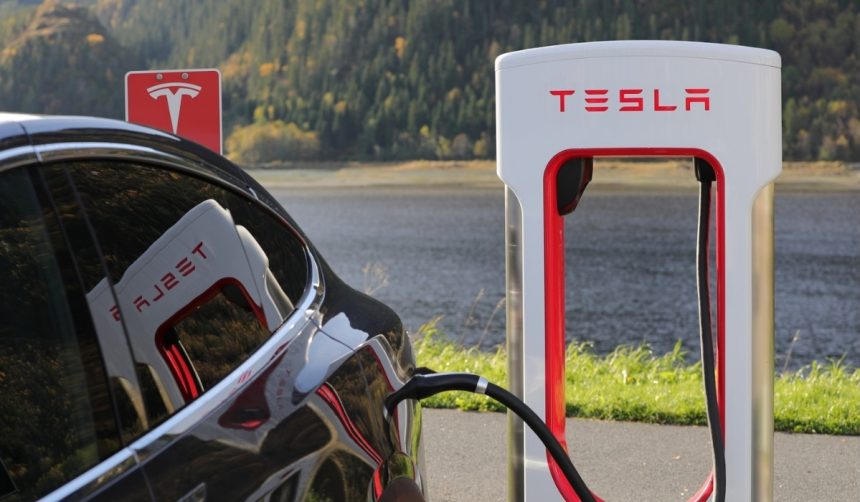A new landmark in electric vehicle infrastructure emerged this week as Tesla announced the installation of its 75,000th Supercharger stall. Located in South Hobart, Tasmania, this expansion underlines Tesla’s ongoing drive towards broader charging access for electric vehicle users. As growing numbers of EV owners rely on efficient networks for long-distance travel, the placement of this station in Tasmania offers both practical benefits for regional drivers and a symbolic extension of Tesla’s global presence. With continuing attention on the ease of charging and accessibility, Tesla’s recent steps signal ongoing developments across the EV charging landscape.
Recent reports covering earlier milestones highlighted Tesla’s expansion with the 50,000th stall in California and the 60,000th Supercharger in Japan, each commemorated with distinct designs. In those past installations, Tesla primarily targeted its own vehicle users, but since then, Superchargers have begun opening up to other electric vehicles, reflecting a shift in strategy. The timeline between milestones also shows increased momentum, shrinking from over a year between earlier thresholds to just five months from the 70,000th to 75,000th stall, demonstrating Tesla’s accelerated rollout pace. While infrastructure gaps and accessibility were once regular criticisms, the manufacturer’s recent network improvements and more flexible payment options have contributed to new user satisfaction benchmarks.
What Features Stand Out at This New Supercharger?
Tesla’s South Hobart site debuts four next-generation V4 Superchargers. These units offer longer cables suited to serve drivers of various electric vehicle brands, not just Tesla owners. Simplified payment methods are also integrated, supporting Tesla’s aim to create a more accessible and inclusive charging environment. The commemorative 75,000th Supercharger features Glacier Blue paint, joining a tradition of distinctive markings for major milestones. The company commented,
“We are committed to building charging solutions that empower every EV owner, regardless of vehicle brand.”
How Does This Affect EV Owners in Tasmania?
The addition of this Supercharger location brings expanded coverage to Tasmania, addressing a need for reliable EV charging options in the region. Local drivers as well as visiting travelers can now make longer journeys across the area more confidently. This installation, positioned at South Hobart’s Smart Store on Cascade Road, strengthens connectivity around Hobart and further integrates Tasmania into Tesla’s broader Supercharger network. The move is seen as a positive for those concerned with accessibility and infrastructure gaps in more remote locations.
What Recognition Has Tesla’s Charging Network Received?
Tesla’s Supercharger Network’s growth coincides with industry recognition, such as the 2025 Zapmap survey naming it the Best Large EV Charging Network in the UK for the second consecutive year. Participants have specifically noted the system’s reliable operation, cost-effectiveness, and ease of use as leading features. Increasing availability for non-Tesla cars has been well received, as the company stated,
“Expanding Supercharger access helps build a stronger community of electric vehicle users.”
Such steps point towards an industry-wide focus on standardizing charging options for all EV drivers.
The continued acceleration in Tesla’s Supercharger deployments marks a notable shift from earlier years when slower growth drew criticism and EV adoption faced infrastructure questions. Deployments have become more frequent and encompass a broader group of users, reflecting evolving industry demands. For EV drivers, this means shorter waits, more route options, and less planning hassle. Other networks have tried similar expansions but have not matched the rapid pace or the strategic placement of Tesla’s outlets. With the introduction of V4 Superchargers and regional coverage such as in Tasmania, Tesla demonstrates responsiveness to both user feedback and scalable network demands. For consumers weighing electric vehicle options, these changes offer new assurance that charging accessibility is less likely to be a limiting factor for daily use or long-distance travel.









